Hyosajeong Pavilion (효사정)
4.2Km 2025-01-13
55, Hyeonchung-ro, Dongjak-gu, Seoul
+82-2-820-9848
Hyosajeong Pavilion is where Nohan, the second vice premier of the Joseon dynasty during King Sejong and King Sejo’s reign, stayed. After he lost his mother, he built the pavilion to mourn at her grave while still being able to see his father’s grave in Gaeseong to the North. His brother-in-law, then Minister of the Interior, Gang Sa-deok named the pavilion “Hyosajeong,” which means pavilion of filial piety.
In order to find the original location of the pavilion, poems by Jeong Inji and Seo Geojeong and an old map of Korea were referenced, but the pavilion was not found because the surrounding landscape had changed too much. As a result, a location was selected and the pavilion was reconstructed at its current location. The house is 3 kan* in the front and 2 kan* on the side. The roof is a hip-and-gable roof. The pavilion has one room with under floor heating and a railing around the pavilion
(* kan: a traditional measurement that corresponds to the space between two columns)
Jaunam Hermitage (자운암)
4.2Km 2023-05-08
Gwanak-ro, Gwanak-gu, Seoul
+82-2-882-3839
Jaunam Hermitage was originally built in 1396 by Great Monk Muhak of Joseon dynasty. It was renovated in 1734, and finally took shape of the hermitage we know today in 1976 when Monk Boryun added Daeungjeon Hall, Chilseonggak Pavilion, and Sansigak Pavilion. It is currently located in the famous Jahadong Valley on the Seoul National University campus.
Gwanaksan Mountain (관악산)
4.2Km 2023-01-02
Gwanak-ro, Gwanak-gu, Seoul
+82-2-879-6521
Reaching 632.2 meters in x_height, Gwanaksan Mountain is the symbol and pride of Gwanak-gu district in Seoul. Most of the cultural heritage of the district originates from Gwanaksan Mountain. Since it was designated as a city natural park in 1968, it has continued to serve as a favorite place for relaxation and excursion for Seoul citizens. The various rocky peaks and the deep valleys give the mountain a rugged feel. The mountain's size and close proximity to Seoul make it easy for Seoul residents to make a day trip.
In the spring, cherry blossoms are in full bloom near the entrance to the mountain, and a Rhododendron Festival is held when the rhododendrons are in full bloom. At the mountain's summit are Wongaksa Temple and Yeonjuam Hermitage, which were built by Taejo Yi Seong-gye (the founder of the Joseon dynasty) to ward off misfortune when he decided to move the capital to Seoul. There are also other temples and hermitages, and a ground radar observation post. Yeonjudae Hermitage, located atop a cliff, is where all the hiking trails of Gwanaksan Mountain meet.
Urban place gangnam
4.3Km 2021-04-09
30, Hyoryeong-ro 77-gil, Seocho-gu, Seoul
+82-02-3474-9108
Urban Place Gangnam located near Gangnam Station, Seoul is a 20-story building with 257 guestrooms. Parking is available on the basement up to the sixth floor. There are easy means of public transportation in the vicinity of the hotel including Gangnam Station on Seoul Subway Line 2, which is a mere 2-minute walk from the hotel. All the guestrooms are furnished with a kitchen, making it a great choice for business travelers and family tourists alike. There is a coin laundry on the 1st floor. The lobby on the first floor is very comfortable with various newspapers, magazines, and books, with a bakery & cafe right next to the lobby. The fitness gym is on the 9th floor, where you can enjoy a view of the city while working out. The hotel also has a conference room for business travelers who need to meet with their clients. Since it is located in Gangnam, the hub of public transportation, it’s very easy to get to many of the popular tourist destinations in Seoul.
Samsung Gangnam (삼성 강남)
4.3Km 2024-11-26
411 Gangnam-daero, Seocho-gu, Seoul
Samsung Gangnam is a flagship store designed as a playground for Samsung Electronics. Within the building are a photo spot, Galaxy flagship, auditorium, bespoke studio, and coffee shop, attracting numerous visitors. They are invited to appreciate media art through art objects and admire stunning views of skyscrapers on Gangnam-daero via a giant display with pleasure.
Sono Eyewear - Seocho Branch [Tax Refund Shop] (소노안경원 서초)
4.3Km 2024-04-18
#112, 23, Seocho-daero 74-gil, Seocho-gu, Seoul
-
Dasipium Plastic Surgery [Tax Refund Shop] (다시피움성형외과의원)
4.3Km 2024-06-27
9, Seocho-daero 73-gil, Seocho-gu, Seoul
-
Yangjaecheon Ecological Park (양재천 생태공원)
4.3Km 2017-12-23
Baumoe-ro 12-gil, Seocho-gu, Seoul
Yangjaecheon was originally the first tributary to the Hangang River, but, it became an artificial river as a result of the Hangang River Coastal Development Project and some other changes by surrounding developments.
Glory Seoul Eye Clinic (글로리서울안과의원)
4.3Km 2025-07-07
2F, 3 Seocho-daero 74-gil, Seocho-gu, Seoul
At Glory Seoul Eye Clinic, the medical staff members are graduates of Seoul National University and have abundant surgical experiences spanning 15 years. They have also worked on over 100 thousand presbyopia and cataract surgery cases, a first in Korea. The clinic provides safer, skilled medical services with its CATALYS® laser and fourth-generation advanced vision correction equipment.
The top-notch medical staff treats various conditions such as All-Laser LASIK, All-Laser LASEK, lens implantation, presbyopia correction, cataract surgery, and retinal diseases.
The clinic provides services tailored to the needs of medical tourists who prioritize medical technology, service quality, and price. Additionally, convenient transportation access is another merit of the clinic as it is located in the vicinity of Gangnam Station, an area that represents Seoul. Glory Seoul Eye Clinic's priority is to improve the quality of life of medical tourists through vision improvement.
Let's Run Park Seoul (렛츠런파크 서울)
4.3Km 2020-09-01
107, Gyeongmagongwon-daero, Gwacheon-si, Gyeonggi-do
+82-1566-3333
Located north of Seoul Grand Park and Seoulland, Let's Run Park is an international-scale horse racing park. The park was constructed between May 1984 and July 1988, hosting events during both the 1986 Asian Games and the 1988 Seoul Olympics before opening to the general public in September 1989. Main facilities include the race course and grandstand. The grandstand is a large, 6-story building with a single basement level. Each floor offers convenient amenities, including race tickets, restaurants, and snack bars.
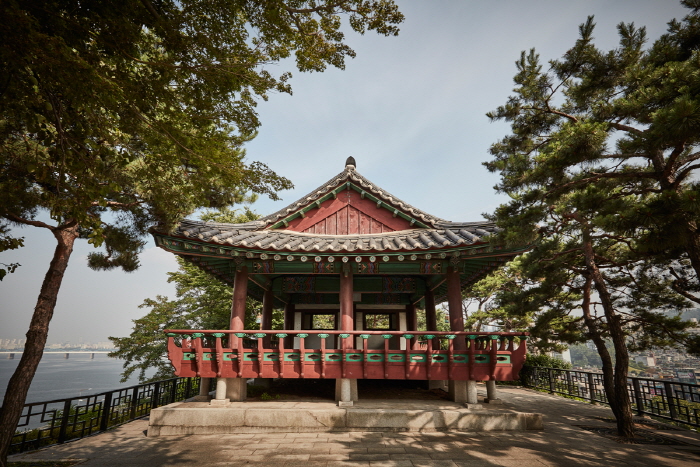
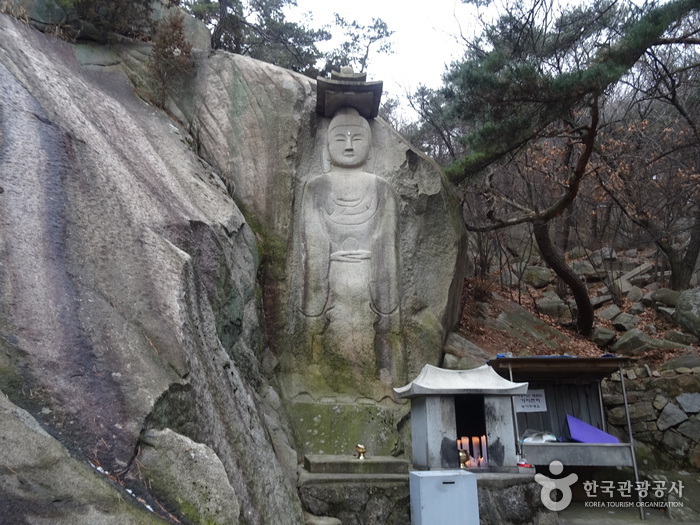
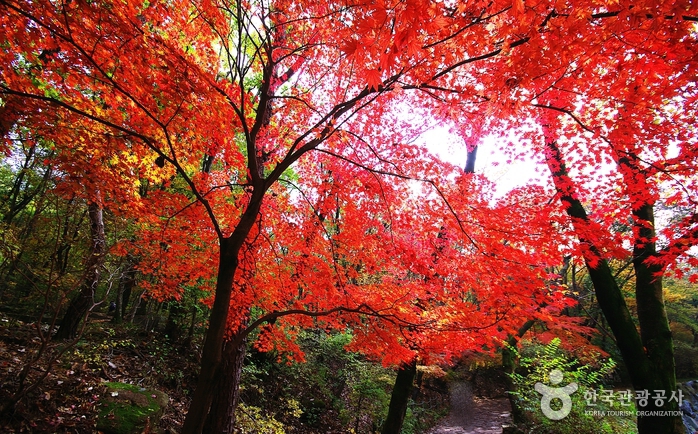
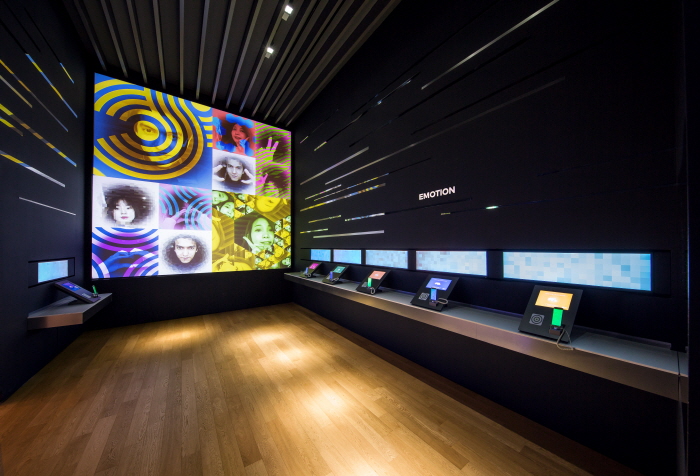

![Dasipium Plastic Surgery [Tax Refund Shop] (다시피움성형외과의원)](http://tong.visitkorea.or.kr/cms/resource/09/3313109_image2_1.jpg)
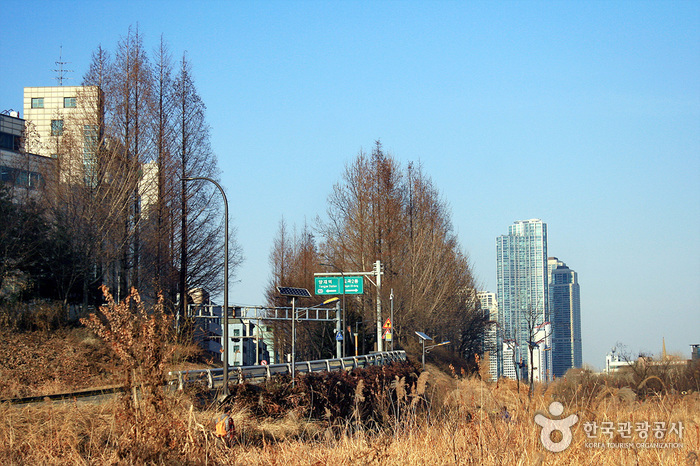
 English
English
 한국어
한국어 日本語
日本語 中文(简体)
中文(简体) Deutsch
Deutsch Français
Français Español
Español Русский
Русский